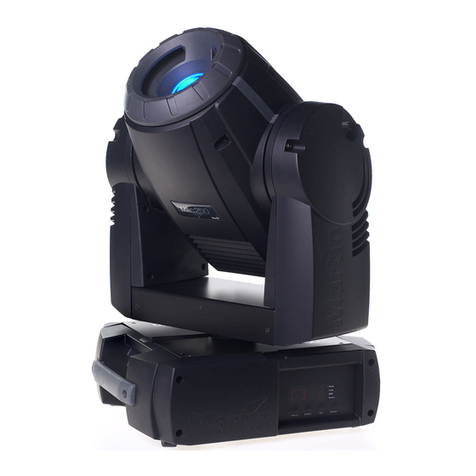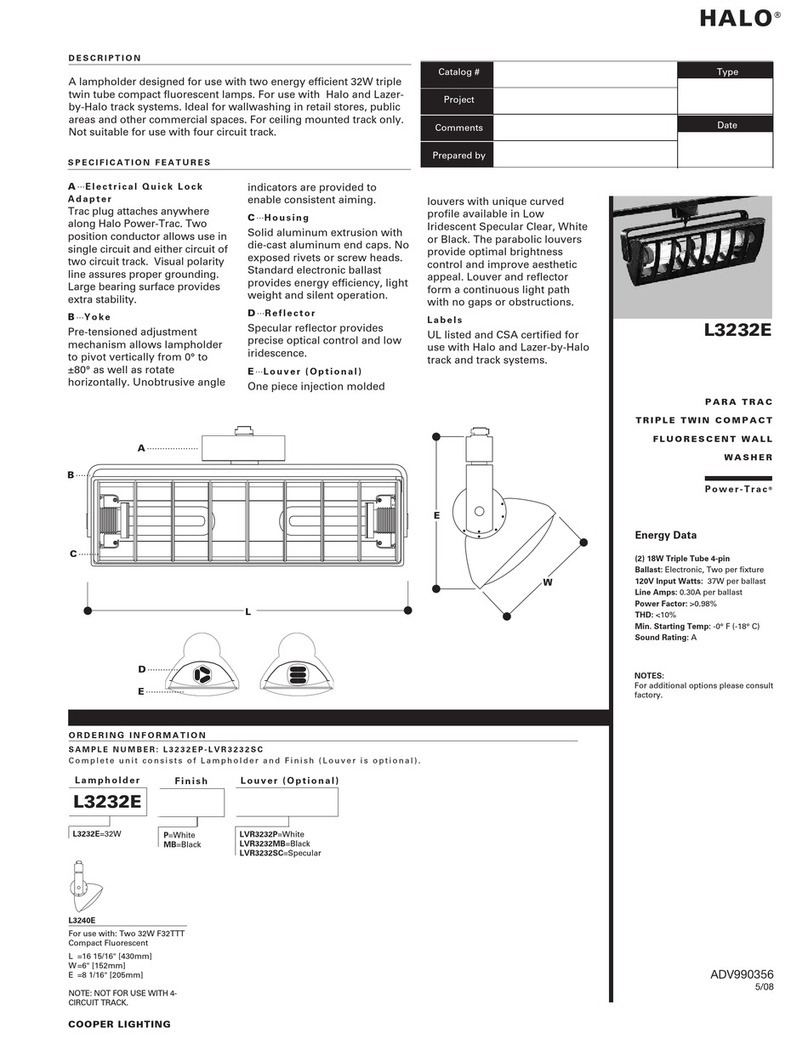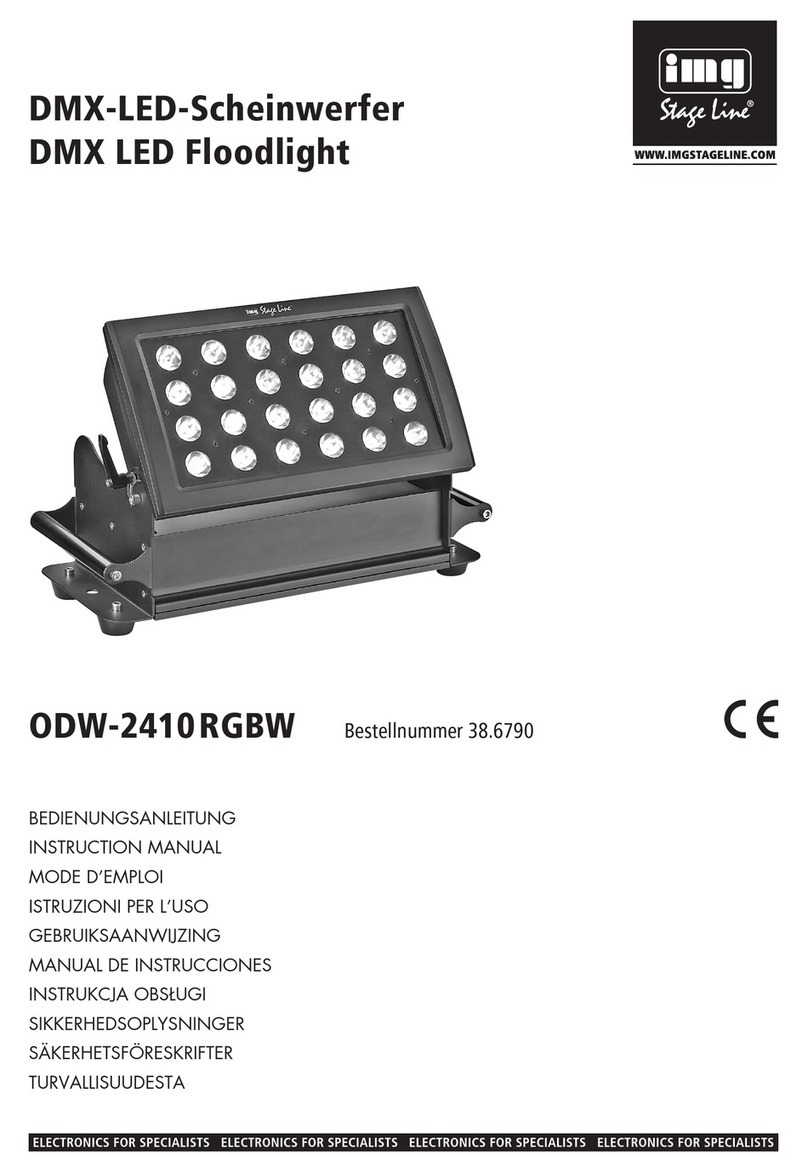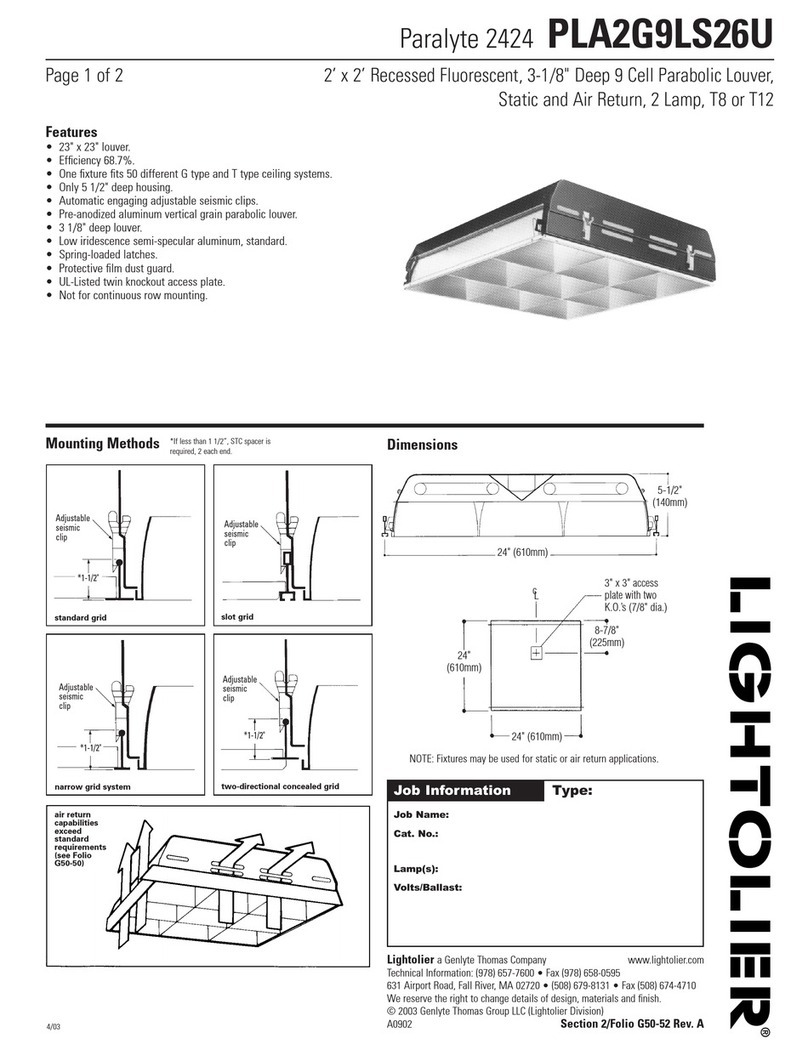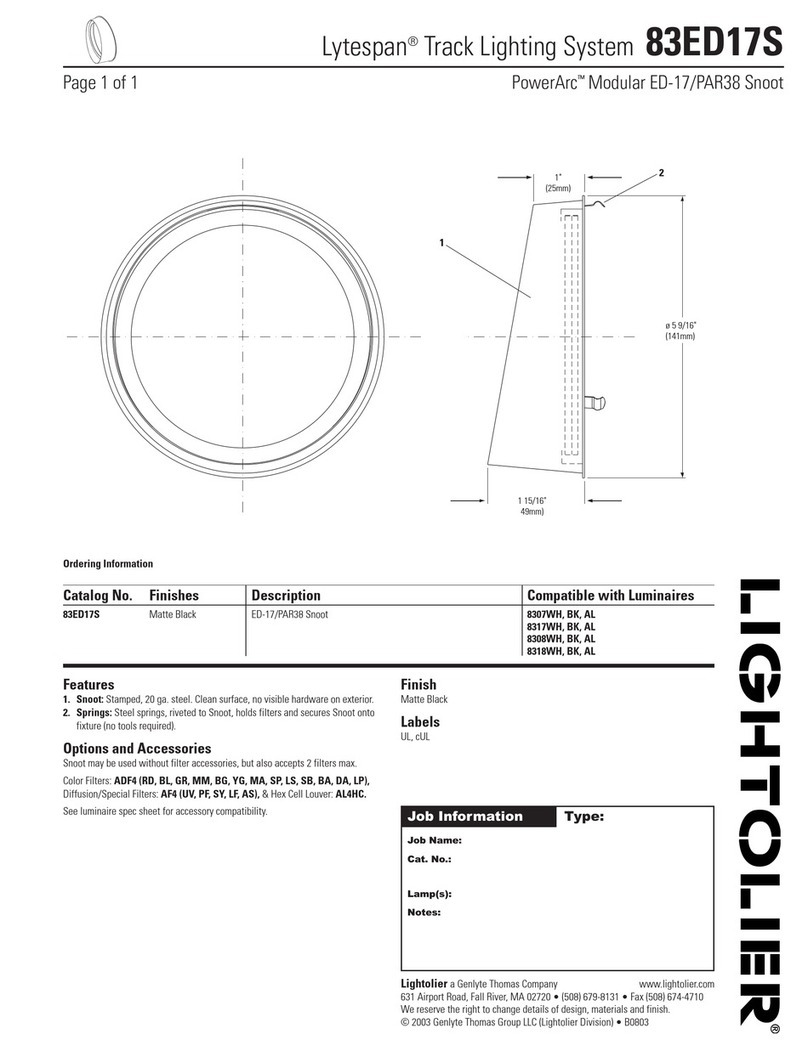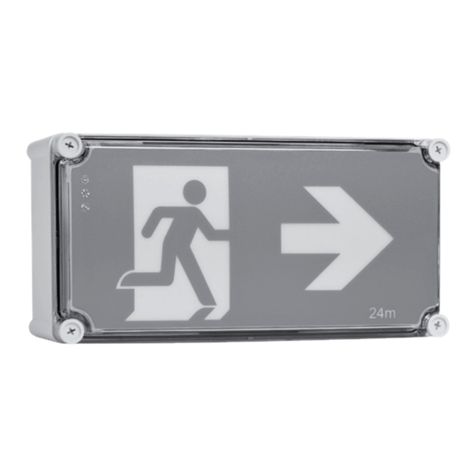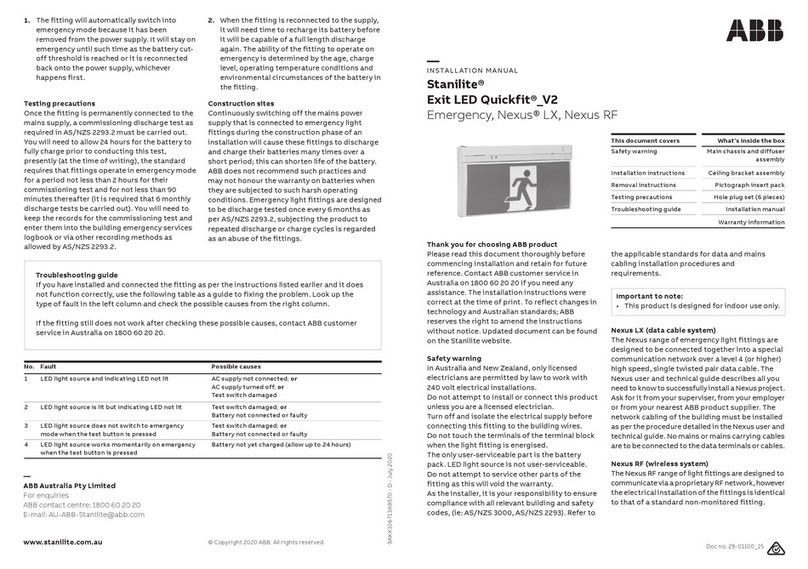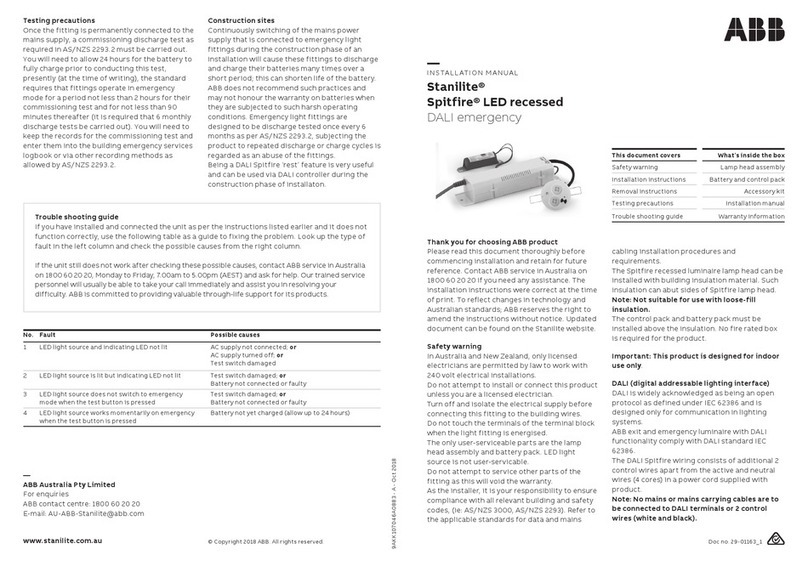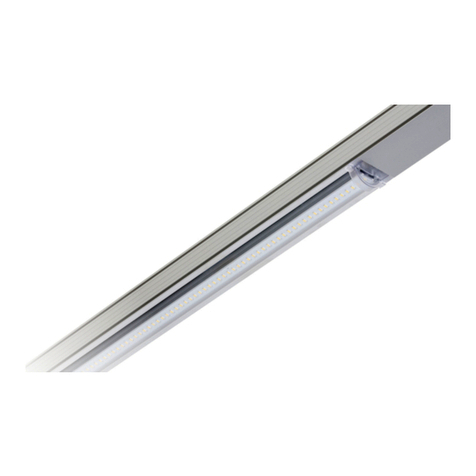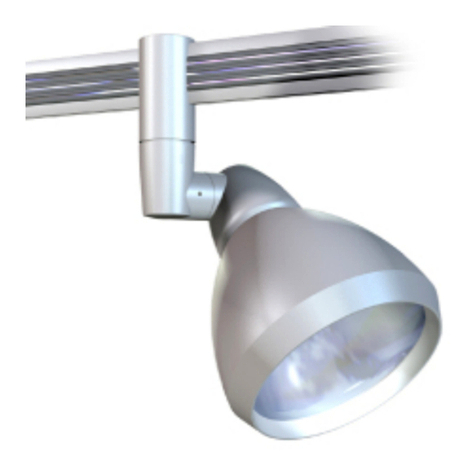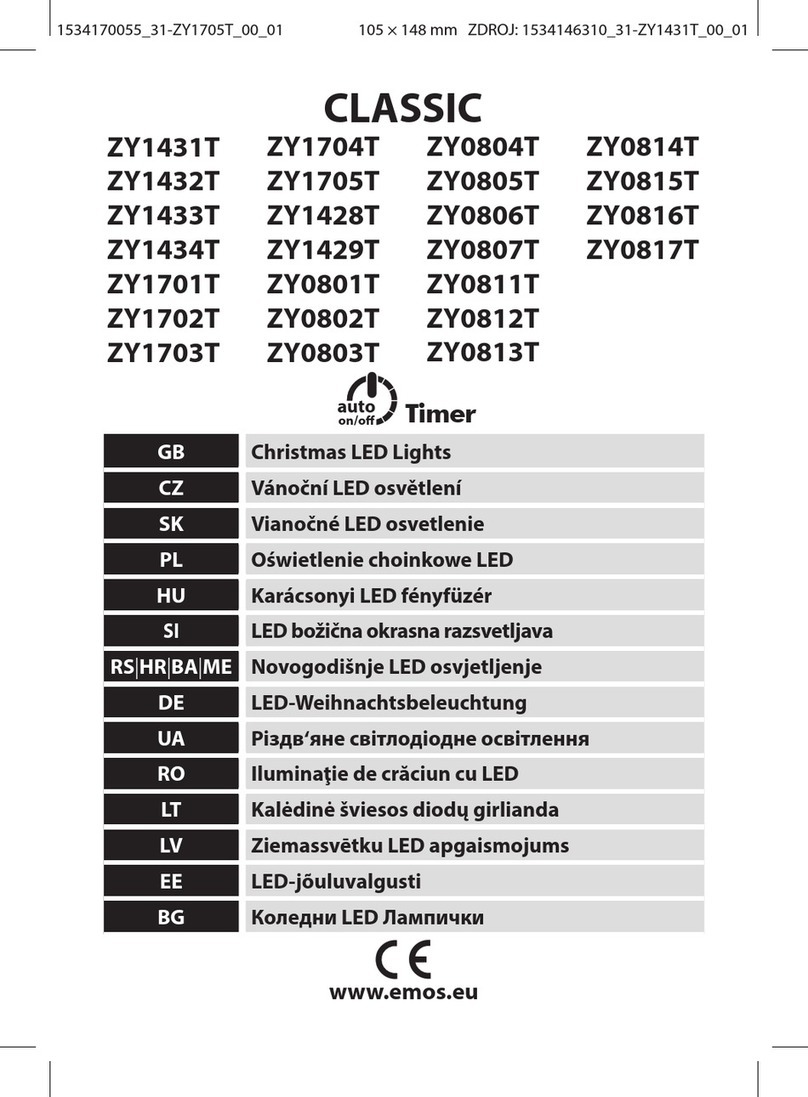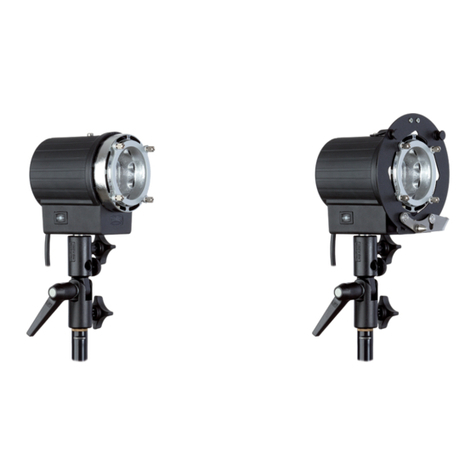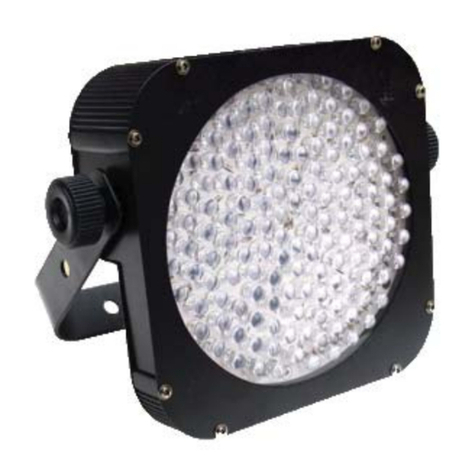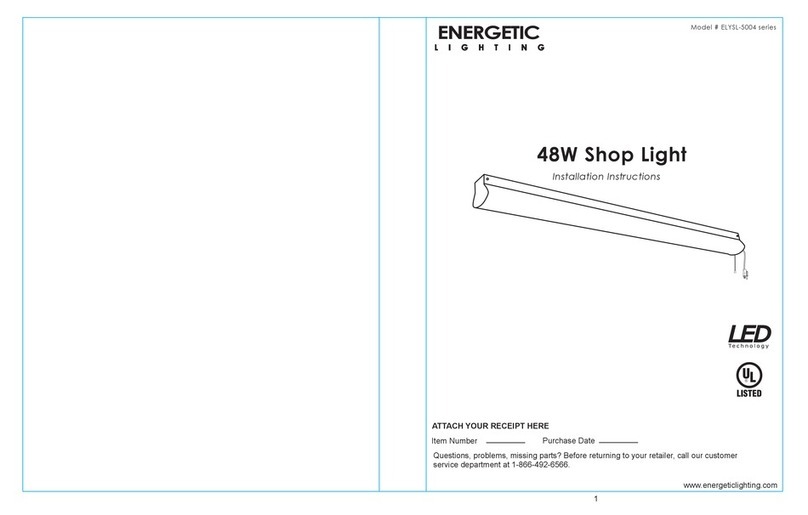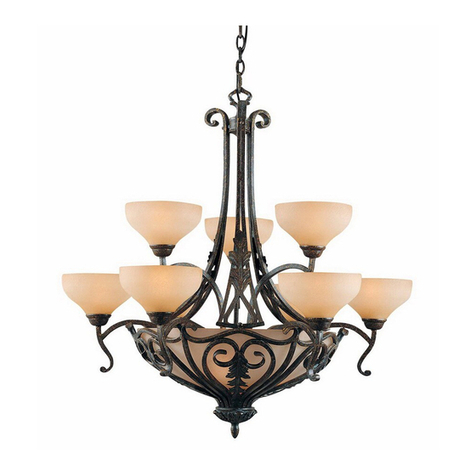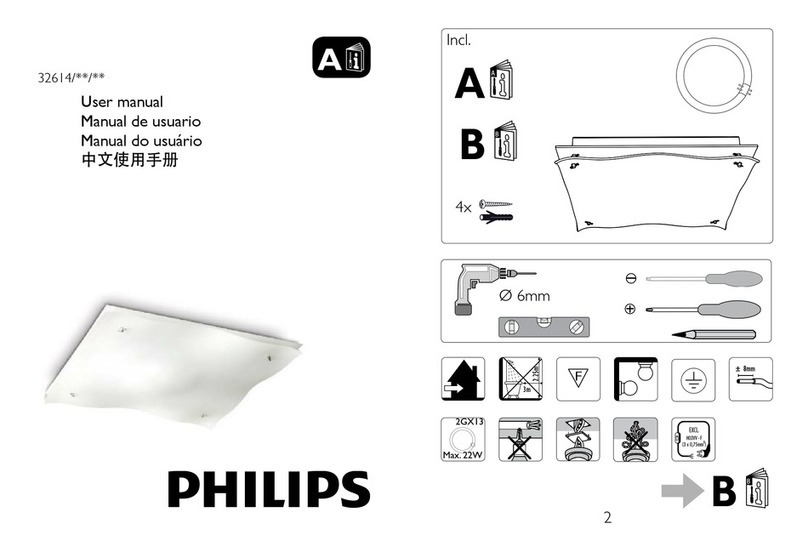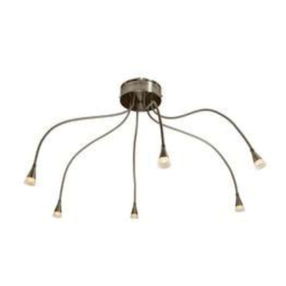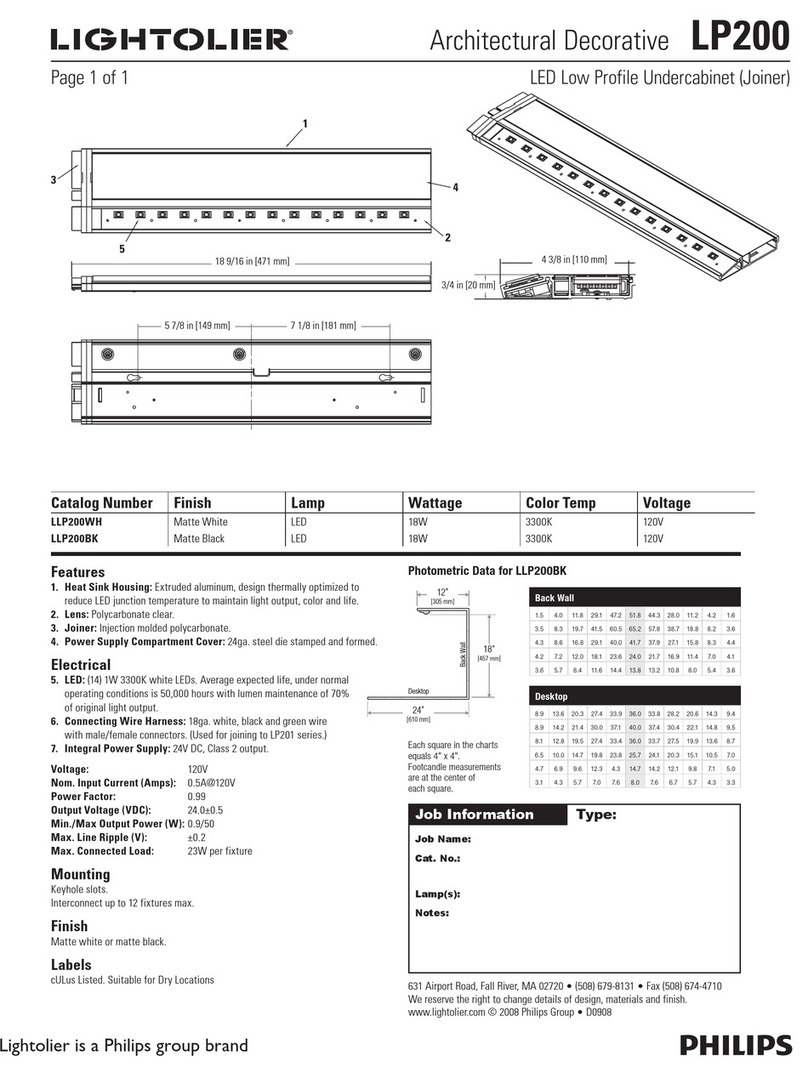
Copyright © 2016 ABB
All rights reserved
ABB Australia Pty Limited
Phone: 1800 222 435
www.stanilite.com.au
9AKK106930A0653 - Oct 2016 - Revision 4
Removal instructions
1. Before removing the installed fitting, de-energise and lock off the supply circuit. Note: There may be 2 actives present,
ensure all power is isolated before proceeding.
2. Undo 2 screws and remove the lid as shown in figure 1.
3. Undo 2 screws and slide the gear tray forward to allow adequate room to disconnect the mains cable assembly plug
and the battery plug from the PCA. For Nexus LX unit; disconnect the data plug from the main PCA.
4. Remove the gear tray, disconnect mains cable and Nexus LX cable (where applicable) from the terminal blocks.
5. Undo the mounting screws and remove the base from the wall cavity.
Testing precautions
Once the fitting is permanently connected to the mains supply, a commissioning discharge test as required in
AS/NZS2293.2 must be carried out. You will need to allow 24 hours for the battery to fully charge prior to conducting
this test, presently (at the time of writing), the standard requires that fittings operate in emergency mode for a period not
less than 2 hours for their commissioning test and for not less than 90 minutes thereafter (it is required that 6 monthly
discharge tests be carried out). You will need to keep the records for the commissioning test and enter them into the
building emergency services logbook or via other recording methods as allowed by AS/NZ2293.2.
Construction sites
Continuously switching of the mains power supply that is connected to emergency light fittings during the construction
phase of an installation will cause these fittings to discharge and charge their batteries many times over a short period;
this can shorten the life of the battery and will also result in shortened emergency lamp life. ABB does not recommend
such practices and may not honour the warranty on batteries when they are subjected to such harsh operating
conditions. Emergency light fittings are designed to be discharge tested once every 6 months as per AS/NZS2293.2,
subjecting the product to repeated discharge or charge cycles is regarded as an abuse of the fittings.
Trouble shooting guide
If you have installed and connected the unit as per the instructions listed earlier and it does not function correctly, use the
following table as a guide to fixing the problem. Look up the type of fault in the left column and check the possible causes
from the right column.
If the unit still does not work after checking these possible causes, contact ABB service in Australia on 1800 222 435,
Monday to Friday, 7.00am to 5.00pm (AEST) and ask for help. Our trained service personnel will usually be able to
take your call immediately and assist you in resolving your difficulty. ABB is committed to providing valuable through-life
support for its products.
Doc no. 29-01123
Exit LED edgelit wall mount flush
Standard, Nexus LX, Nexus RF
Installation manual
Congratulations
Congratulations on choosing to use this ABB product covered by our unique through-life support system. This document
is designed to assist you during the installation of this product; for the safety of yourself and others ABB recommends
that you read this document thoroughly before commencing installation. The fittings are designed for easy
installation. They are advanced pieces of electronic equipment which, when treated with care and maintained through
regular and appropriate servicing, will perform reliably for many years to come.
Safety warning
In Australia and New Zealand, only licensed electricians are permitted by law to work with 240 volt electrical installations.
Do not attempt to install or connect this product unless you are a licensed electrician.
Turn off and isolate the electrical supply before connecting this fitting to the building wires.
Do not touch the terminals of the terminal block when the light fitting is energised.
The only user-serviceable parts are fluorescent or halogen lamp/s. LED light sources are not user-servicable.
Do not tamper with the fitting or the warranty will be void.
As the installer, it is your responsibility to ensure compliance with all relevant building and safety codes, (ie: AS3000,
AS/NZS2293). Refer to the applicable standards for data and mains cabling installation procedures and requirements.
Important note: This product is designed for indoor use only.
Nexus LX (data cable system)
The Nexus®range of emergency light fitting are designed to be connected together into a special communication network
over a Level 4 (or higher) high speed, single twisted pair data cable. The Nexus user and technical guide describes all
you need to know to successfully install a Nexus project. Ask for it from your supervisor, from your employer or from your
nearest ABB product supplier. The network cabling of the building must be installed as per the procedure detailed in the
Nexus user and technical guide. No mains or mains carrying cables are to be connected to the data terminals or cables.
Nexus RF (wireless system)
The Nexus RF range of light fittings are designed to communicate via a proprietary RF network, however the electrical
installation of the fittings is identical to that of a standard non-monitored fitting.
This document covers What’s inside the box
Safety warning Exit LED edgelit wall mount
Installation instructions Installation manual
Removal instructions Warranty information
Testing precautions
Trouble shooting guide
No. Fault Possible causes
1 LED light source and indicating LED not lit AC supply not connected; or
AC supply turned off; or
Test switch damaged
2 LED light source is lit but indicating LED not lit Test switch damaged; or
Battery not connected or faulty
3 LED light source does not switch to emergency mode when the
test button is pressed
Test switch damaged; or
Battery not connected or faulty
4 LED light source works momentarily on emergency when the test
button is pressed
Battery not yet charged (allow up to 24 hours)

